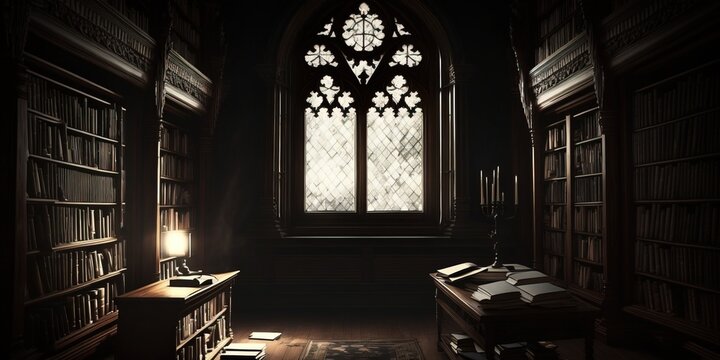
FAQ About Gothic Literature
Gothic Literature
2 years ago | gizem
How does setting contribute to the atmosphere in Gothic Literature?
Setting plays a crucial role in establishing and enhancing the atmosphere in Gothic Literature. It is a powerful tool that authors use to create a sense of mood, tension, and foreboding. Here's how setting contributes to the atmosphere in Gothic Literature:
- Gloomy and Foreboding Locations: Gothic literature often takes place in dark, gloomy, and foreboding settings such as ancient castles, mansions, monasteries, crypts, or isolated landscapes like moors or forests. These settings are typically described in detail, emphasizing their decaying or oppressive qualities.
- Isolation and Solitude: Many Gothic stories are set in isolated or remote locations, which contribute to the feeling of solitude and vulnerability. Characters are often cut off from help or civilization, amplifying their sense of danger.
- Use of Natural Elements: The natural world is often portrayed in an eerie and menacing way. Stormy weather, thunder, lightning, and misty landscapes are frequently used to create an atmosphere of unease and instability.
- Architecture and Interiors: Gothic architecture, with its pointed arches, stained glass windows, and intricate details, is a common feature in many Gothic settings. The architecture itself can be imposing and symbolic of the themes explored in the story. The interiors often include dimly lit hallways, secret passages, and hidden chambers, adding to the mystery.
- Symbolic Settings: The setting in Gothic literature is often symbolic. For example, a decaying mansion might symbolize the decline of a noble family or the protagonist's inner turmoil. A labyrinthine castle can symbolize the complexity of the human psyche.
- Time Period: The time period in which a Gothic story is set can contribute to the atmosphere. Historical settings may invoke a sense of the past, mystery, and the unknown.
- Cultural and Geographical Context: Gothic settings can vary depending on the cultural and geographical context of the story. A European Gothic tale may feature medieval castles, while a Southern Gothic story may take place in decaying plantations or swamps.
- Interaction with Characters: The setting often interacts with the characters and their emotions. It can reflect their psychological state or even take on a character of its own, influencing the events of the story.
- Contrast: Gothic literature frequently uses the contrast between light and shadow, order and chaos, or beauty and decay to heighten the atmosphere. This contrast creates a sense of tension and unease.
- Unnatural Elements: Gothic settings sometimes feature unnatural or surreal elements that challenge the laws of reality. These elements contribute to the sense of the uncanny and the unknown.
